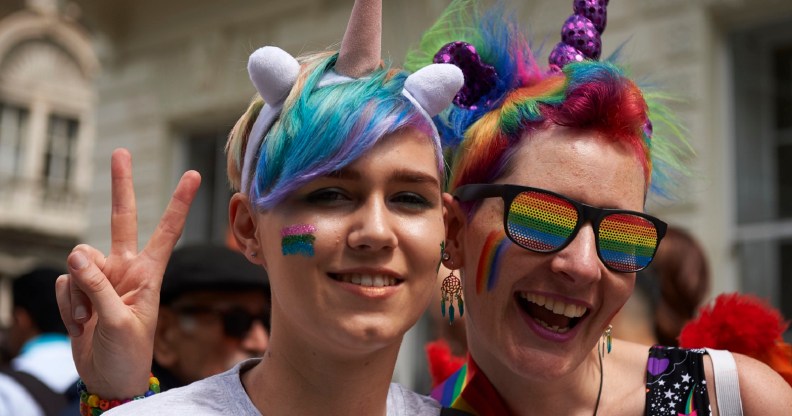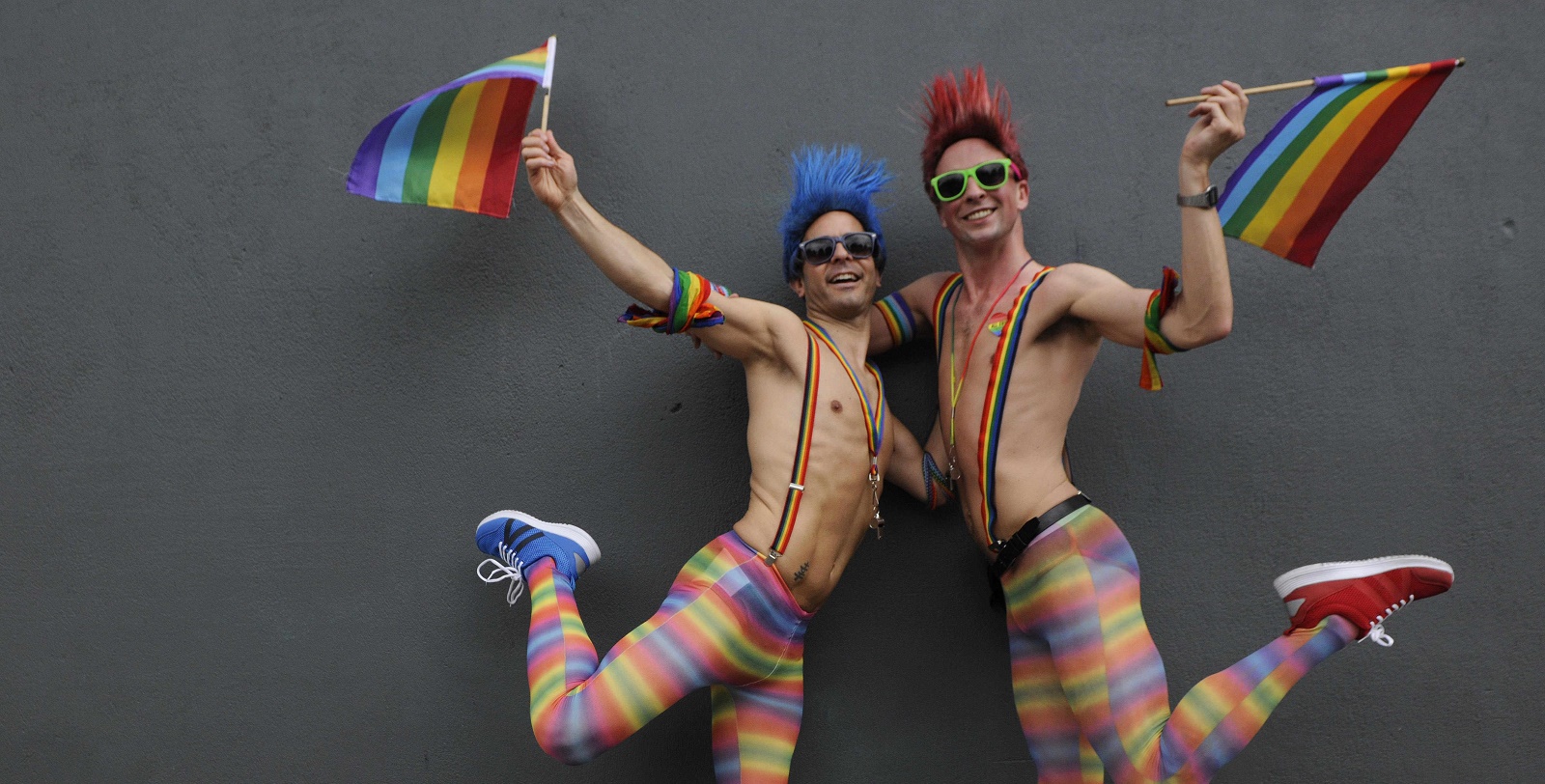Young people less likely to know a lesbian or gay person than older generations

US Millennials are less likely to know a gay or lesbian person than older generations, new research has found.
In its annual survey, LGBT media charity GLAAD discovered that less than two-thirds of people aged 18 to 34 knew a gay or lesbian person, compared to 78 percent of Baby Boomers.
There’s a simple explanation, though: LGBT youngsters are describing themselves with more variety and specificity, taking advantage of the prevalence of terms to describe their sexualities.
A GLAAD spokesperson said: “LGBTQ peers largely describe themselves in words outside more traditional binaries.
This could be attributed to “increased cultural acceptance and media visibility that oftentimes allows for an earlier and more sophisticated understanding of sexual orientation and gender identity as spectrums,” they added.
This explained, they said, why when it came to gender and sexuality terminology, “heightened sophistication is shared among non-LGBTQ Millennials.”
This group benefits from having LGBT friends who teach them a more diverse group of terms simply by talking to them.
GLAAD also found that one in six Millennials does not self-define as straight – almost double the percentage of those aged 35-51.
Six percent of young people are bi, while four percent are asexual, three percent gay or lesbian, and two percent pansexual.
In addition, one in eight of Millennials calls themselves something other than cisgender, compared to 94 percent of 35-to-51-year-olds and 97 percent of people 52 or older who self-define as cis.

Young people are most likely to label themselves as agender or genderfluid if they’re not cis, the study found, with six percent of Millennials choosing either of these terms.
Encouragingly, GLAAD classifies the majority of non-LGBT people in every age group up to 72 as allies.

